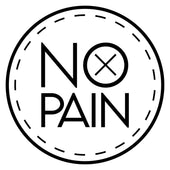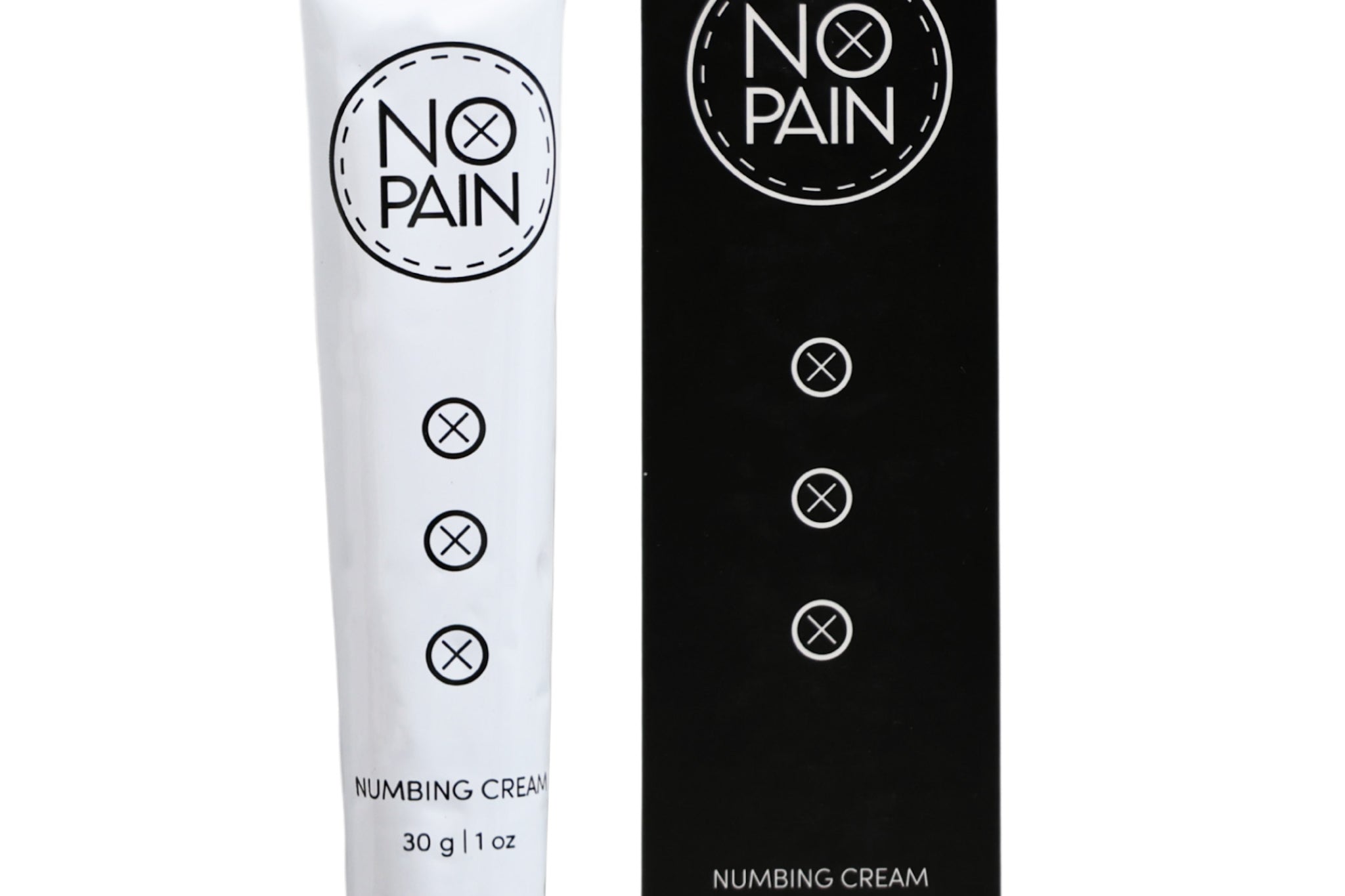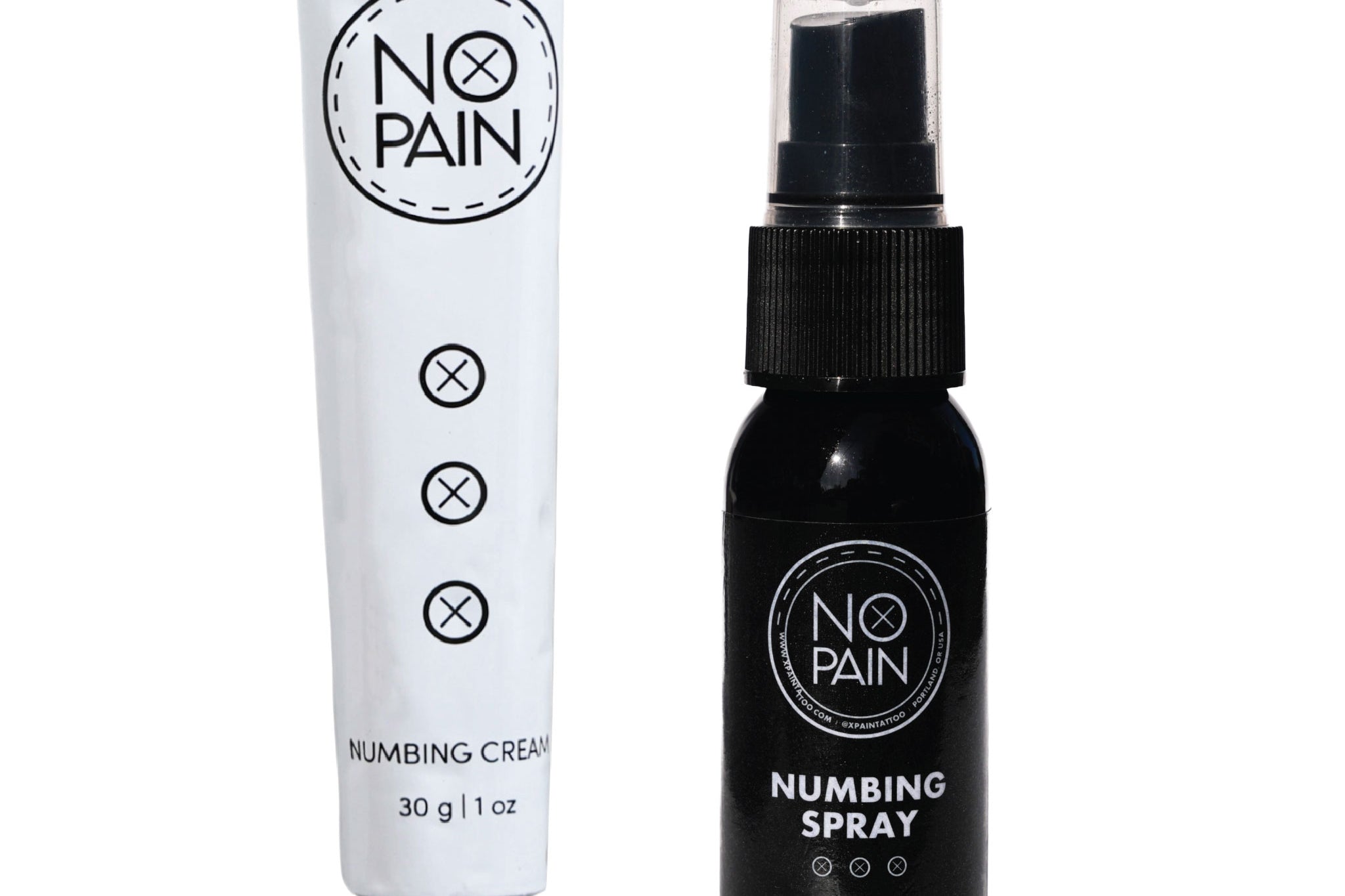You've just completed the first session of your new large-scale tattoo. Maybe a sleeve or a back piece. The outline is done, it looks amazing, and you're fired up to get back in the chair for shading. You might even be tempted to book your next appointment for this coming weekend.
But when it comes to creating a masterpiece on your skin, one of the most important virtues is patience.
Giving your body enough time to navigate the tattoo healing stages between sessions isn't just a suggestion—it's essential for the quality of your tattoo, your comfort, and your artist's ability to do their best work. This guide covers the ideal waiting times and advice from veteran tattoo artists.
The Golden Rule: The Minimum Waiting Time
For any sessions where the artist will be working on the same area of the tattoo (like adding color to existing linework), the absolute minimum waiting period is 2 to 3 weeks.
However, almost every reputable, experienced tattoo artist will recommend waiting 4 to 6 weeks. This isn't just because they're booked up; it's because that is the time your skin needs to fully regenerate.
As Tony Vyeda, a veteran artist at Historic Tattoo in Portland, explains:
"You could get tattooed every day if you want, but if it's on the same tattoo, I would say to wait probably three weeks minimum."
The Exception: "Back-to-Back" Days
There is one major exception to the multi-week rule: consecutive days. This is common for clients traveling from out of town for large-scale work. However, there are strict conditions for this.
John Vallee, also of Historic Tattoo, explains that this usually only applies if the skin hasn't started the "drying out" phase yet.
"If someone’s traveling... sometimes I've done a double outline the day before on a real tough area, come back and fill it in the next day... But the second the skin starts to actually begin to heal, usually like day three or four, I would at least give it a couple weeks to three weeks from there."
The Takeaway: You can sometimes go back the very next day while the wound is fresh, but once the healing process starts (scabbing/peeling), you must wait until it is finished.
Why the Wait? The Three Pillars of Recovery
There are three critical reasons why this waiting period is mandatory.
1. Your Skin's Health (The Canvas)
A new tattoo is an open wound. While the surface heals in 2-3 weeks, the dermis (where the ink sits) takes longer. Tattooing over unhealed skin is painful, causes excessive swelling, and the skin won't accept new ink well. A fully healed tattoo provides a smooth, stable canvas.
2. Your Immune System's Recovery
Getting tattooed is a massive event for your body. Your immune system works overtime to heal the skin and process the ink.
"What happens when you get tattooed is it lowers your immune system," says John Vallee. "People can feel lethargic and sh**y the next day, and that's not good to go back in before they’ve had a chance to recover."
3. Financial and Mental Recovery
Large tattoos are an investment. Spacing out sessions helps you budget responsibly. Furthermore, sitting for a long session is draining. A break helps you recharge so you can come to your next appointment ready to sit calmly. (If anxiety is an issue, check out our guide on how to handle tattoo anxiety).
Different Scenarios, Different Timelines
-
Continuing the Same Piece:
Ideal Wait: 4-6 weeks. This ensures the skin is fully regenerated for the best possible quality.
-
Starting a New Piece (Different Body Part):
Ideal Wait: 1-2 weeks. Since you aren't tattooing over a healing area, this short break is mainly to give your immune system a rest.
-
A Touch-Up Session:
Ideal Wait: 4-6 weeks minimum. The artist needs to see how the tattoo has fully settled to see what actually needs touching up.
Don't Wait Too Long: The Ideal Completion Window
While rushing healing is bad, waiting years to finish a tattoo is also problematic. For large-scale work like sleeves or back pieces, artists generally prefer to complete the project within a specific window—typically 3 to 5 months, or at most, within a year.
Why? Because artists evolve. As Tony Vyeda explains:
"When you take too long, you've progressed artistically... if you wait too long you're not in the same mindset as you were over a year ago. I want to be done with it before I'm sick of it."
There is also a technical reason. Fresh ink looks different than aged ink. Finishing a piece within a reasonable timeframe ensures the new shading blends seamlessly with the healed outlines. If you wait three years to color in an outline, the difference in how the ink has settled can be jarring. As John Vallee puts it bluntly regarding coloring a years-old outline: "That looks like s***."
The Goal: Find a rhythm. Committing to an appointment every 3-6 weeks is the sweet spot for finishing a large project while the artist is still excited and the work is consistent.
How to Prepare Your Skin for the Next Session
The goal is to arrive at your next appointment with a perfectly healed canvas. A great tattoo aftercare routine prepares your skin for the next layer of art.
-
Keep it Clean: Throughout the healing process, keep the area clean with a gentle wash like our No Pain Tattoo Cleansing Foam.
-
Keep it Moisturized: Dry, flaky skin is a terrible canvas. Using our No Pain Tattoo Aftercare Balm regularly during the waiting period ensures your skin is supple and healthy. This helps your artist seamlessly blend the old and new sections.
The Verdict: When it comes to multi-session tattoos, patience and consistency are key. Respect the healing time of 4-6 weeks, but stay committed to finishing your project within the year. Trust the process, listen to your artist, and use a complete system like our Aftercare Bundle to keep your skin ready for the next round. Your beautifully healed masterpiece will be worth the wait.
You can reach Tony and John on IG at @tbonetat2 and @one_eyed_jon. Or check out Historic Tattoo.




